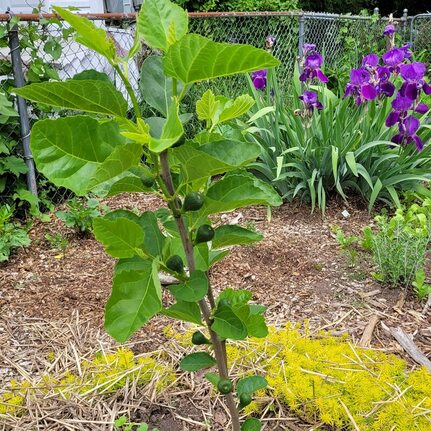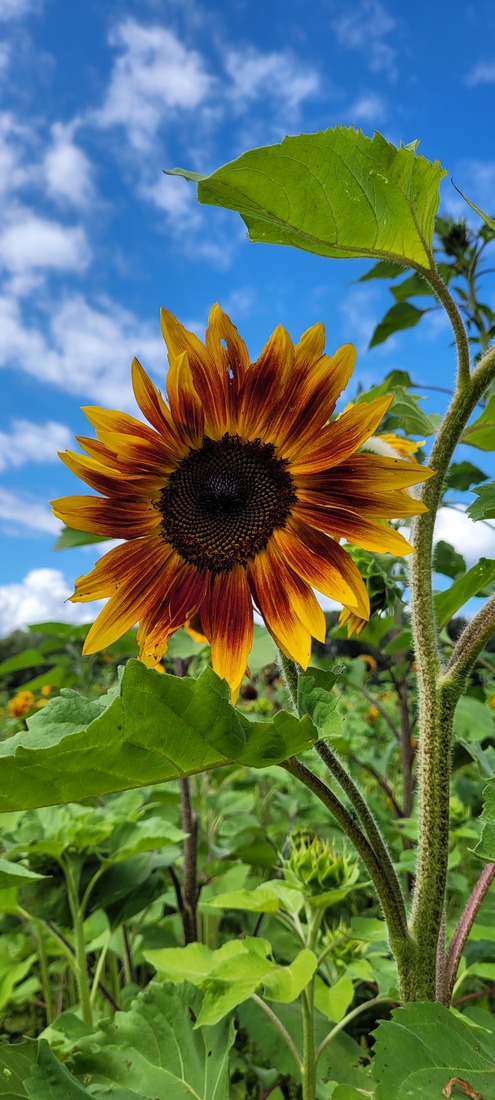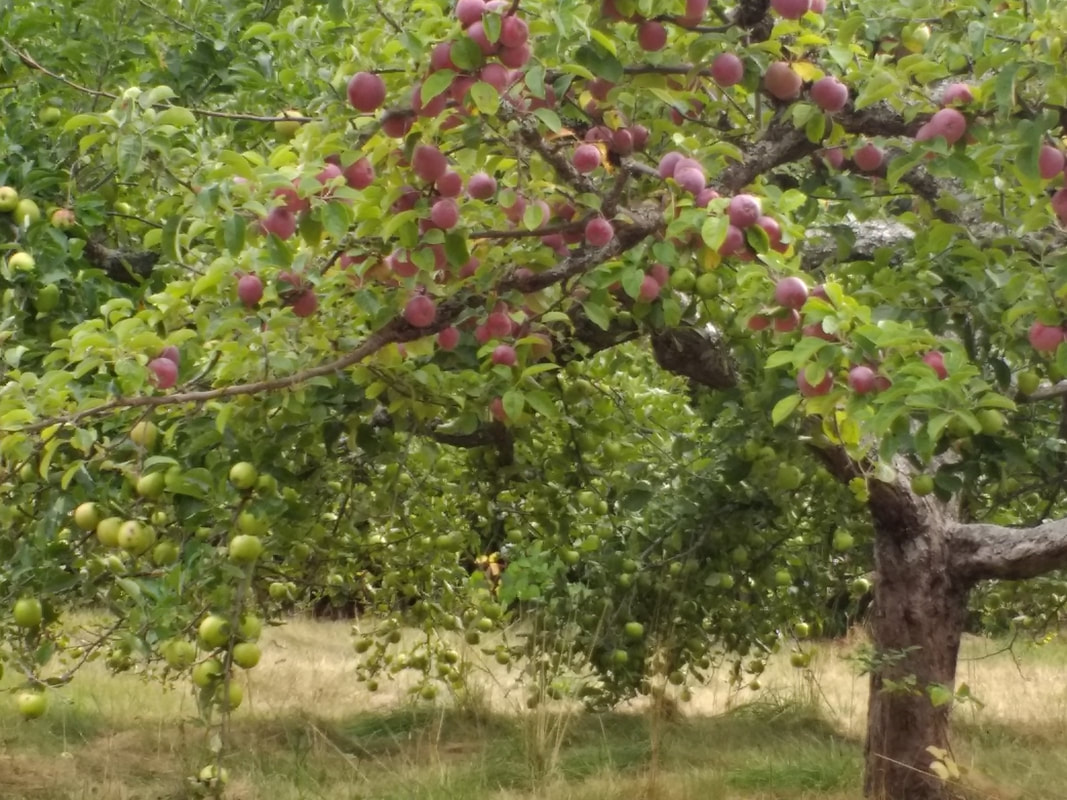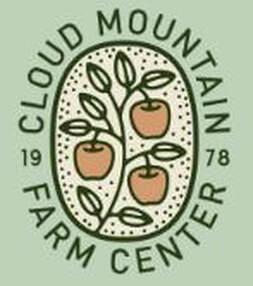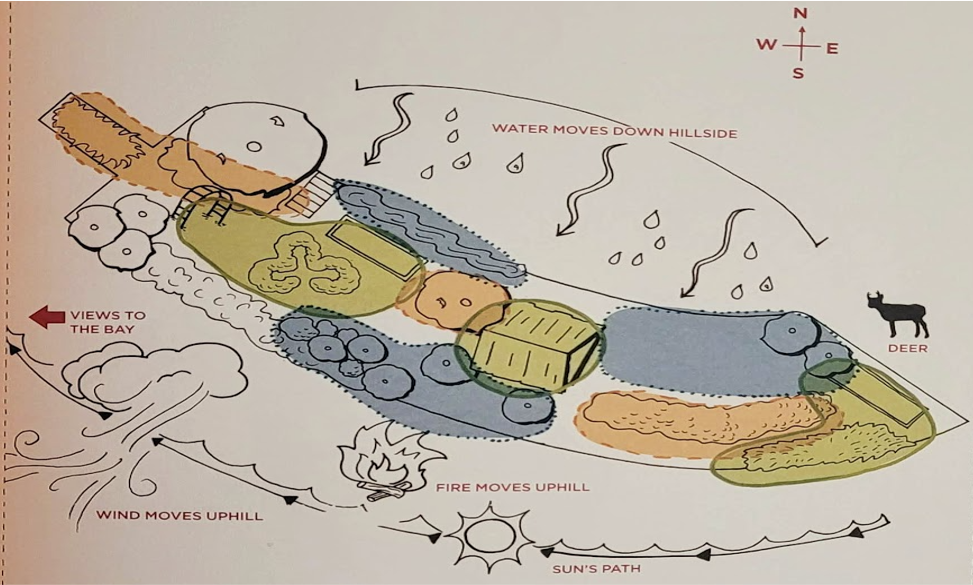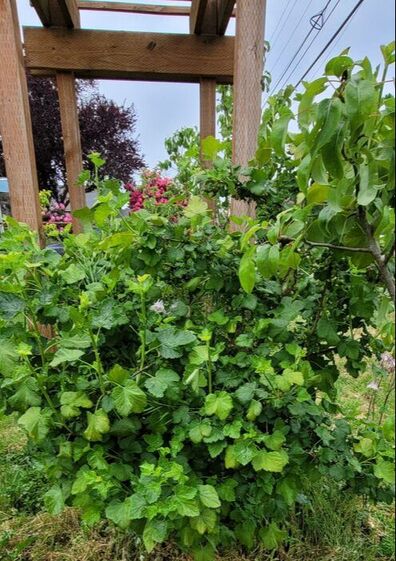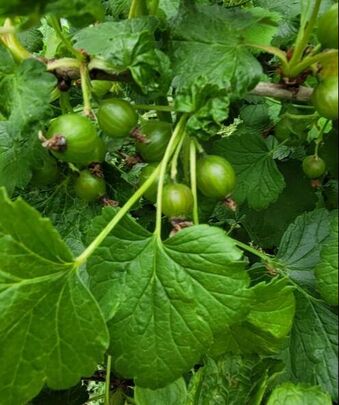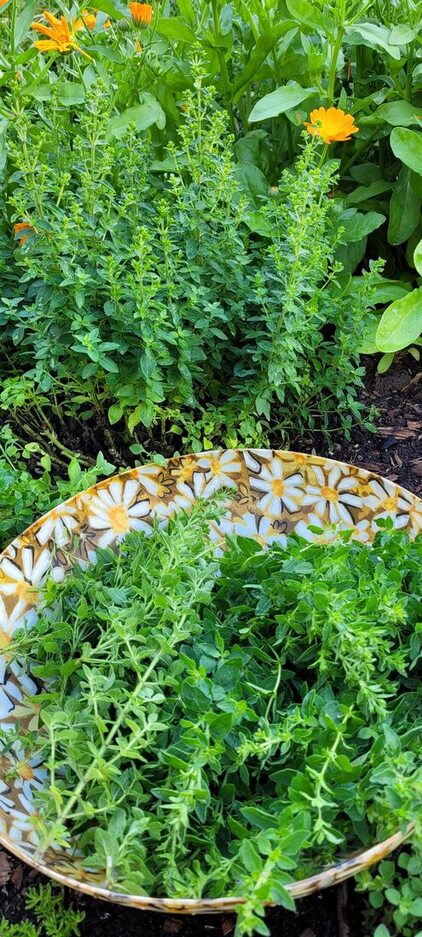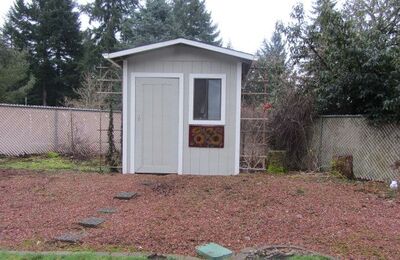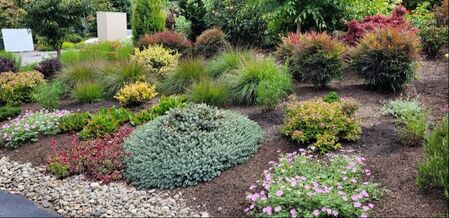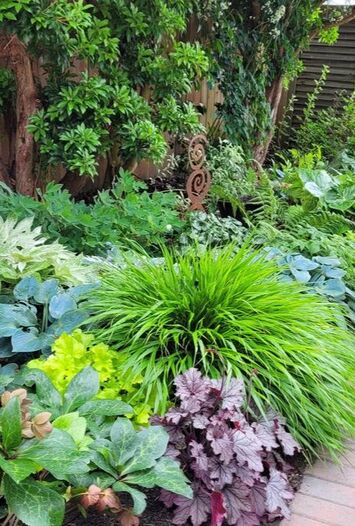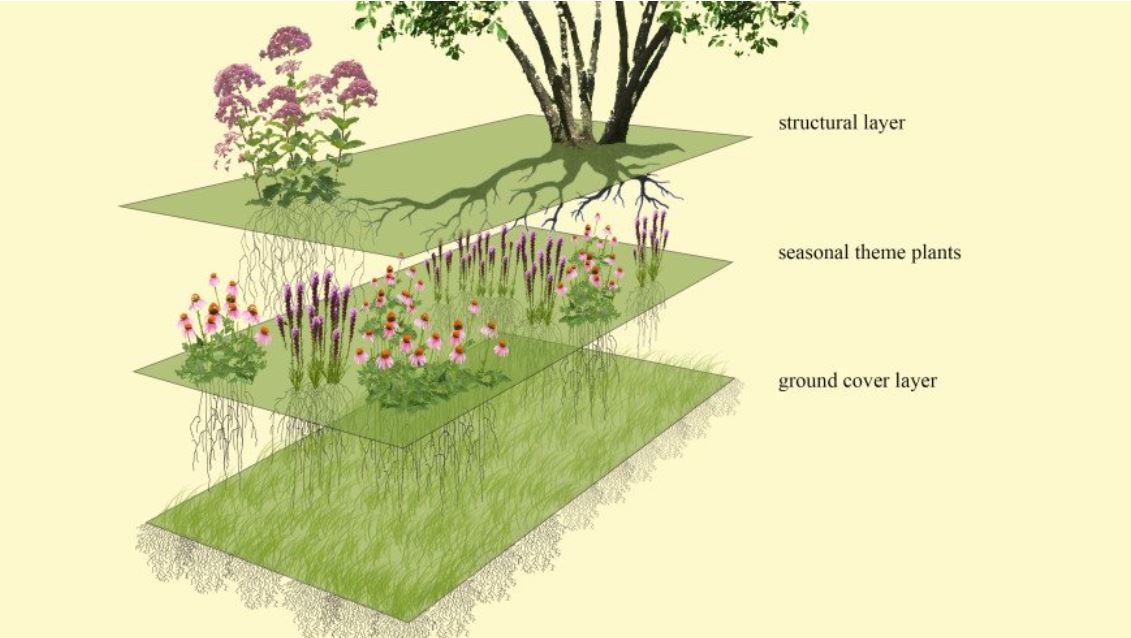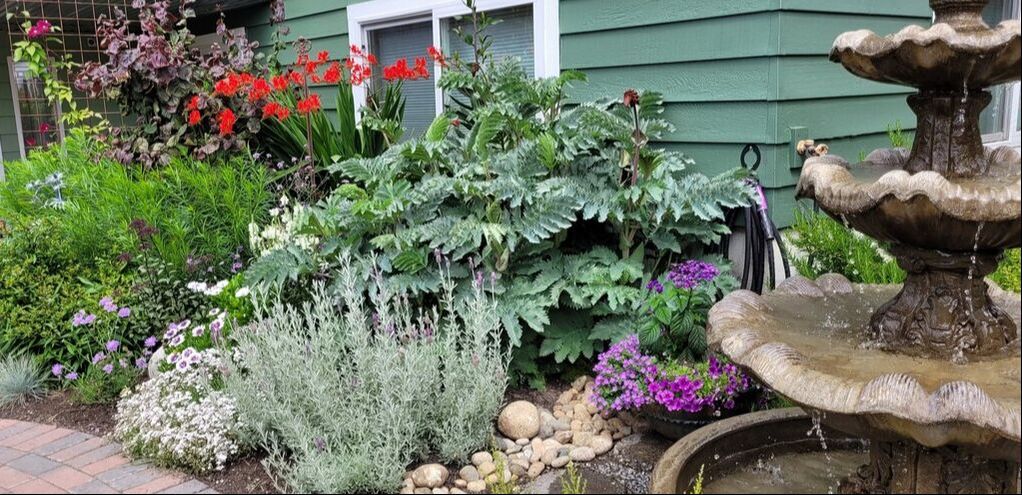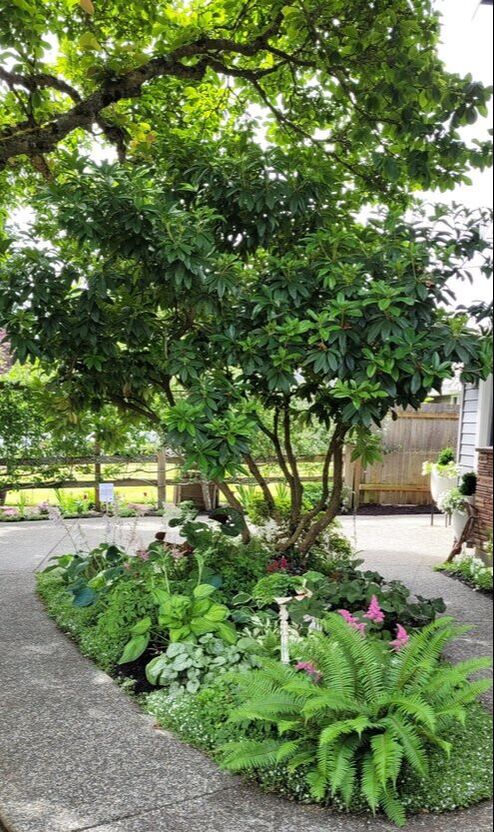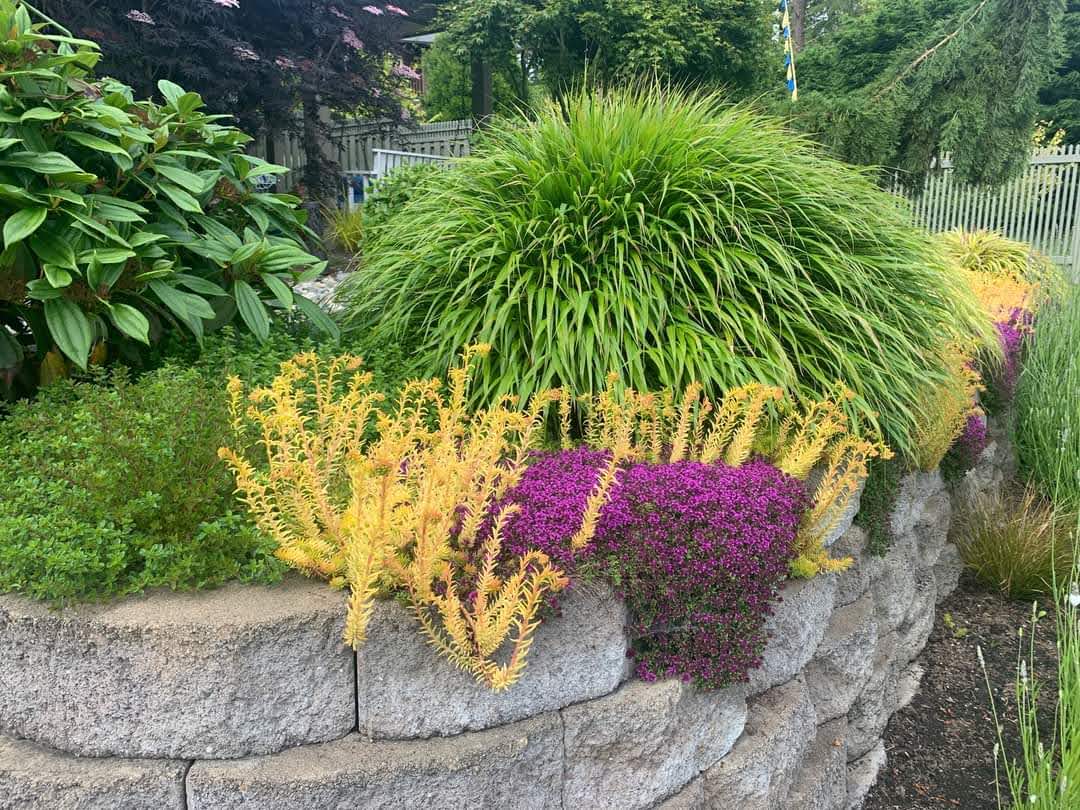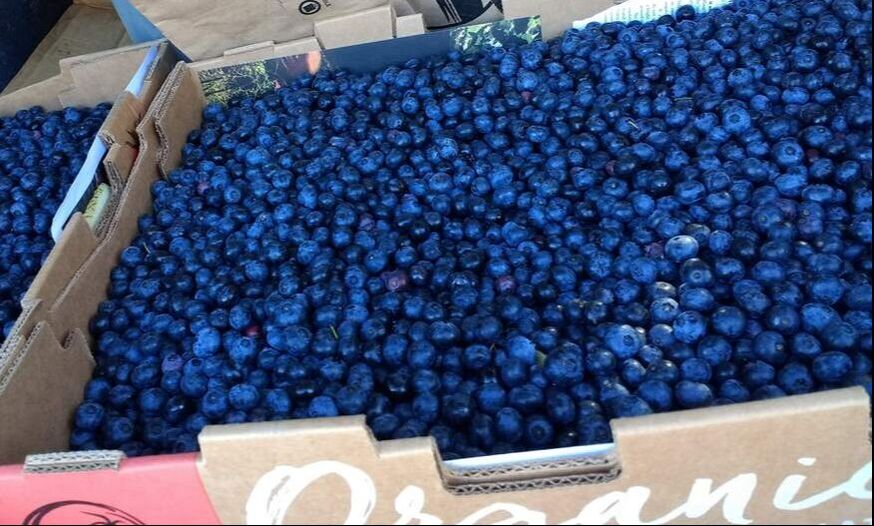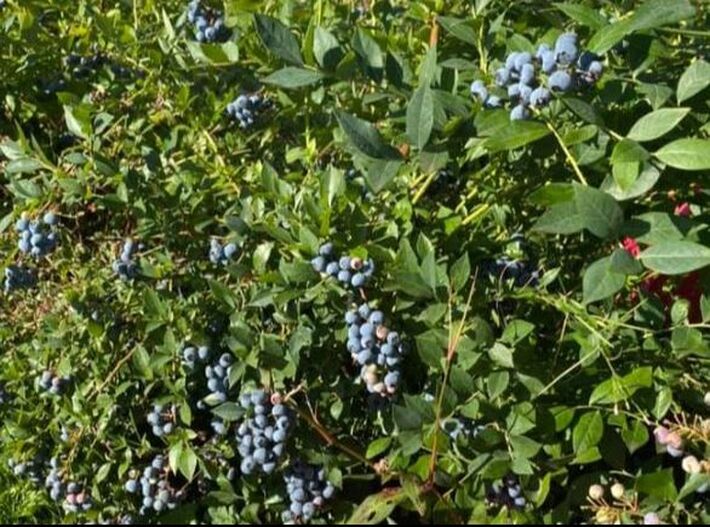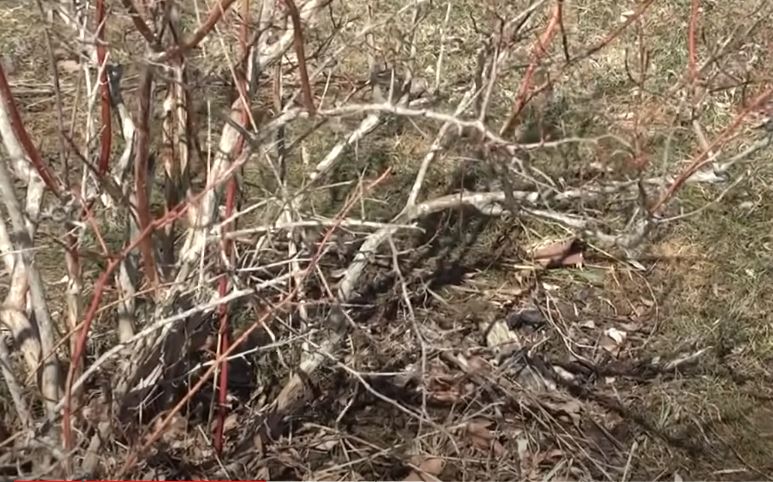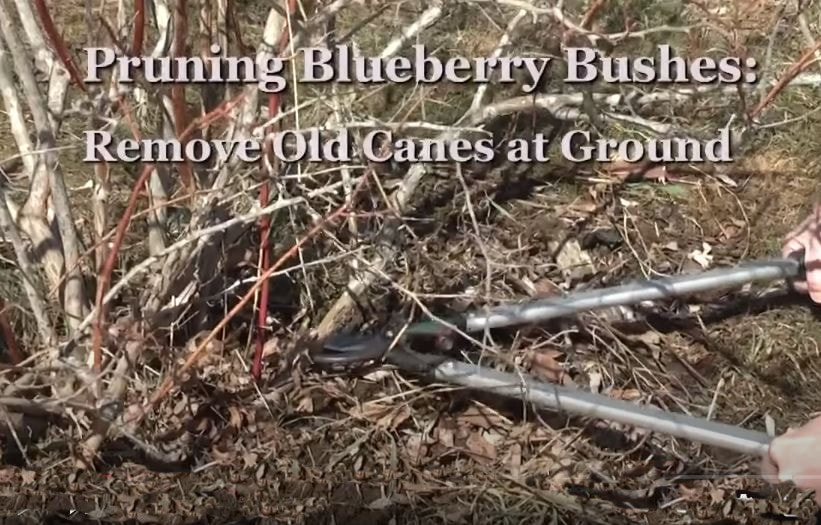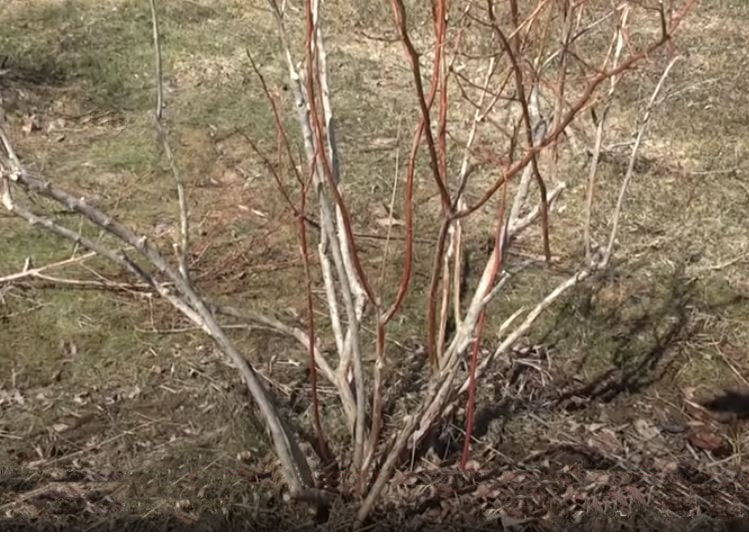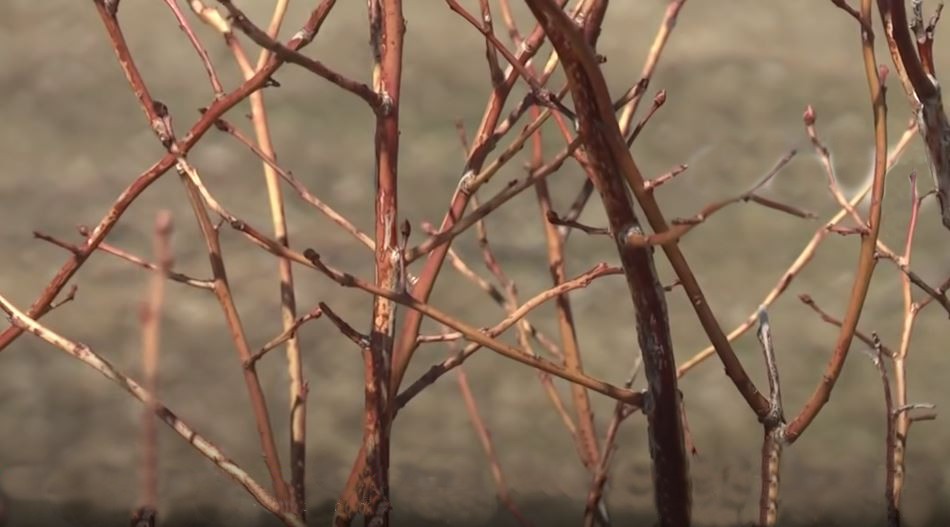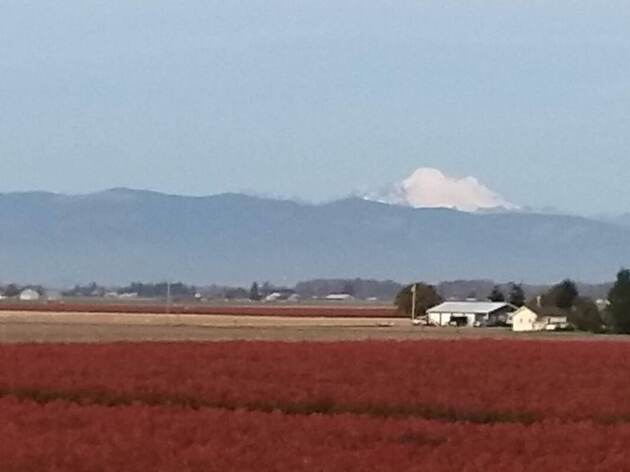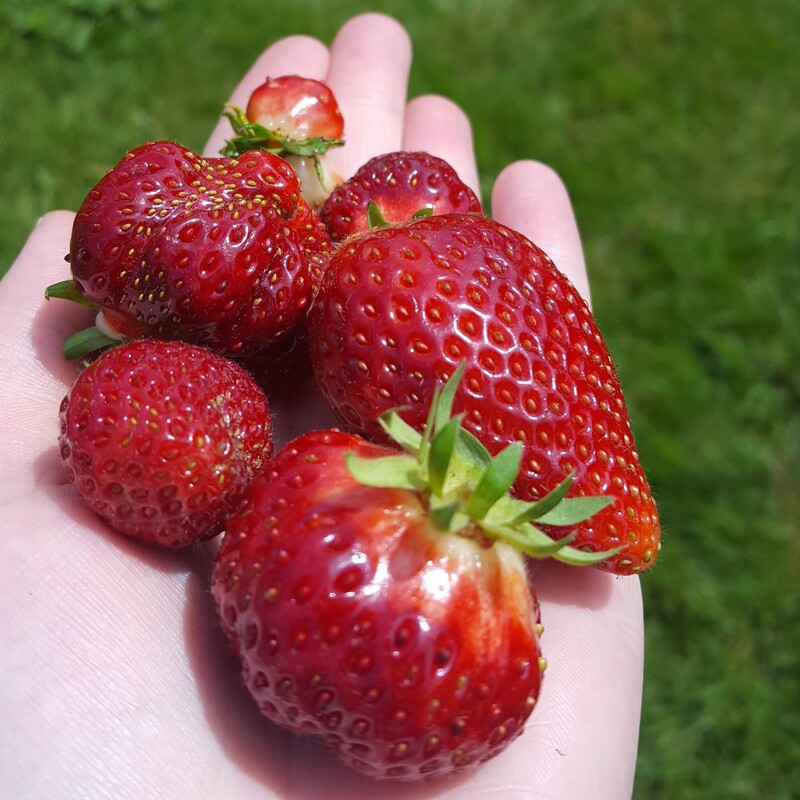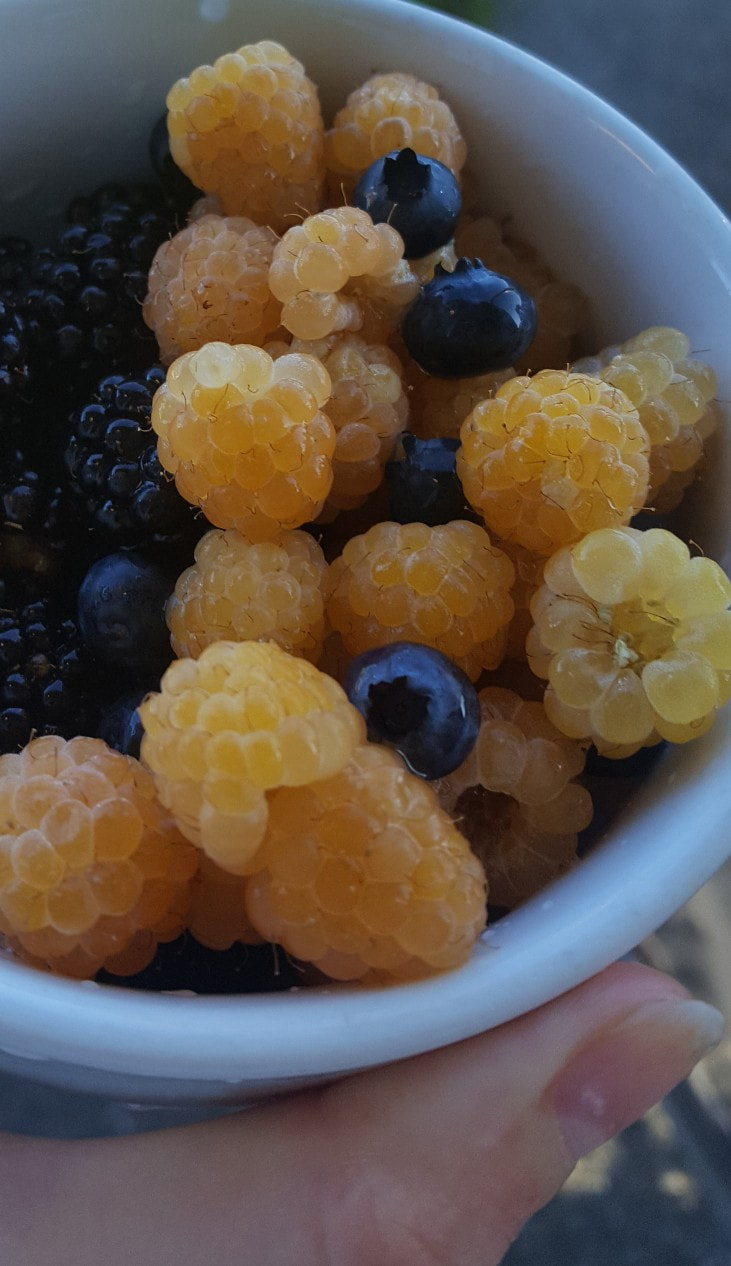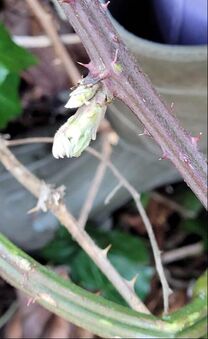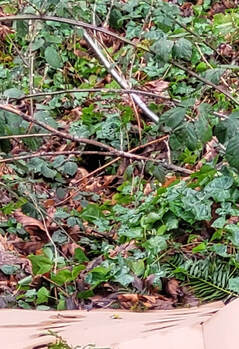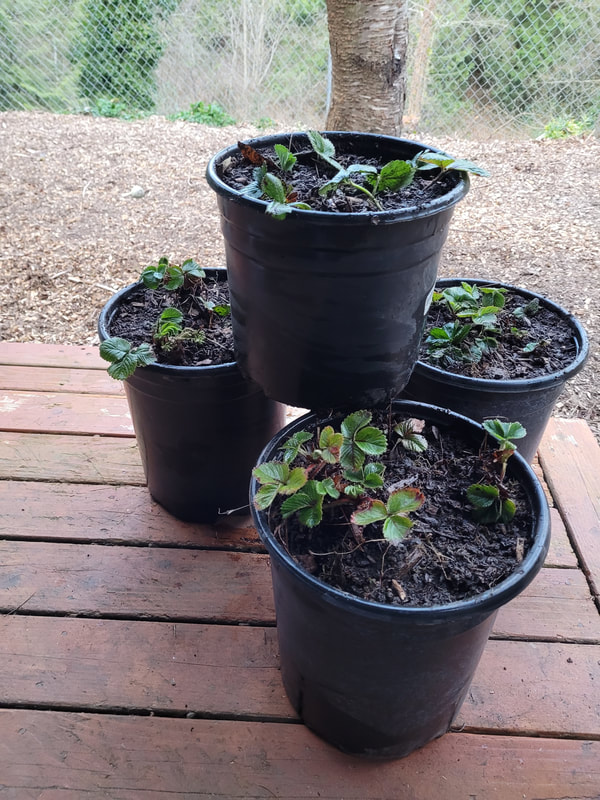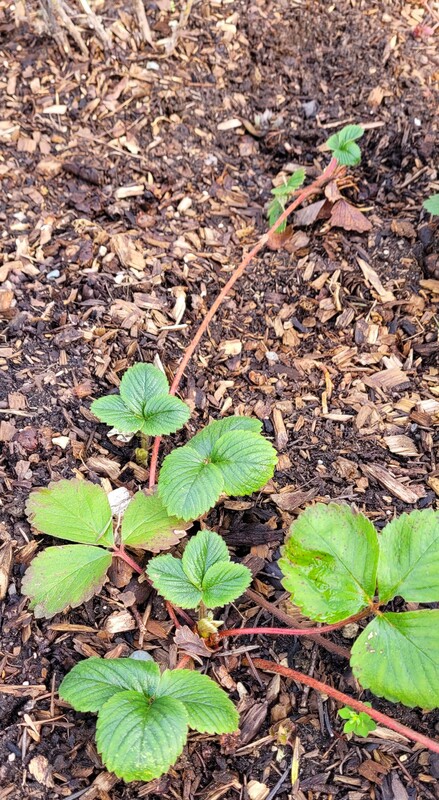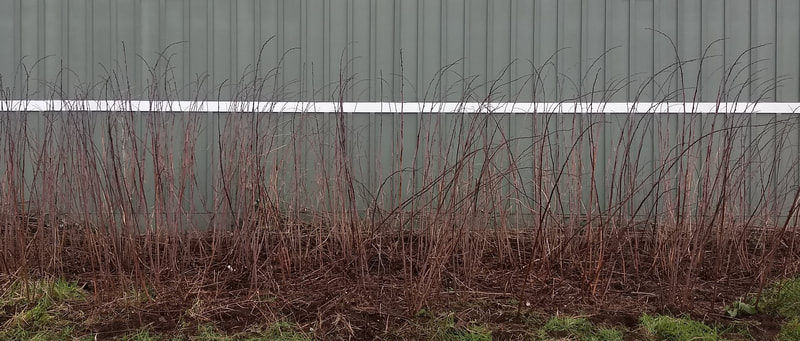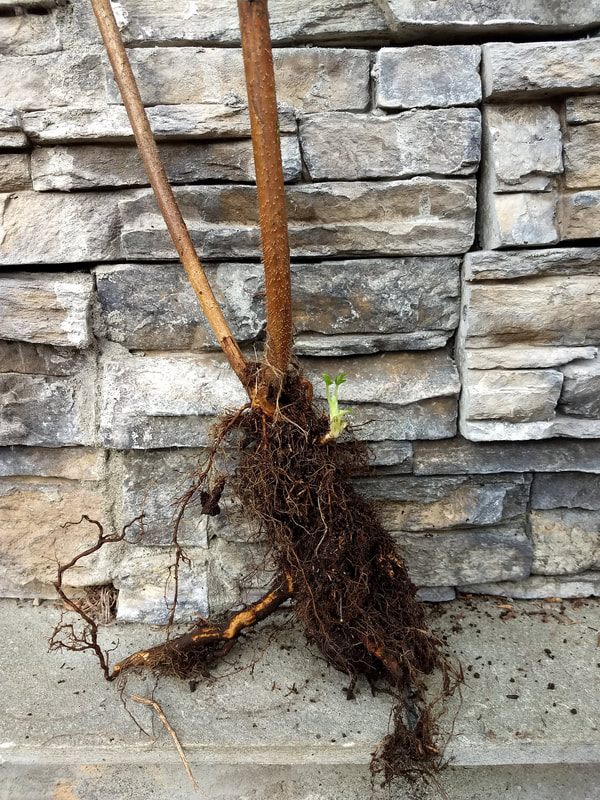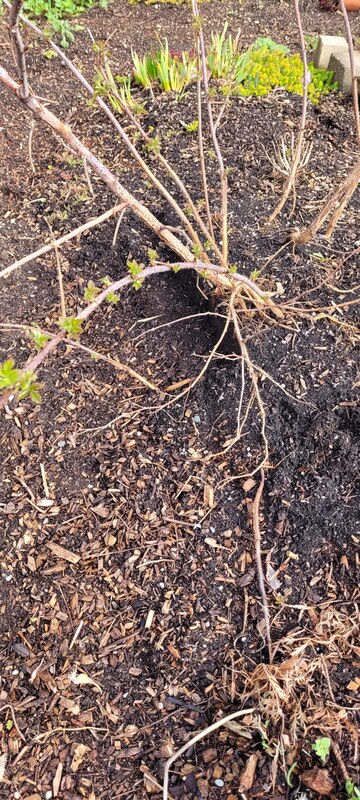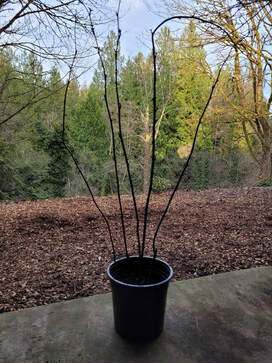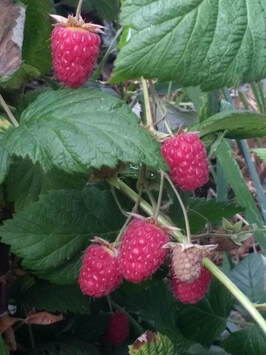Bountiful Landscapes & ConsultingTransforming People & Places to Create Vibrant Health & Beautiful Outdoor Spaces
|
 Many people don't want to plant flowers in their fruit orchards. And the trees suffer. I recently saw what could be a lovely orchard out at a country estate. A beautiful, but small orchard, and not a flower in sight. My question: "During the few days that any tree is in full bloom waiting to be pollinated, how do you think the bees will find it?" THINK ABOUT IT
Spur fruit, such as apples and pears are frequently grafted to provide several varieties on one tree. This is beneficial because two different varieties are needed for successful pollination. An apple and a pear, two different apples, or two differnt pears are examples. This tree has two different varieties of apples on one tree - so this works! The bees can find both varieties easily!! Many nurseries sell these multi-variety trees, which are grafted onto a "root stock" adapted to a specific location, such as Western Washington, where the climate is wet and more prone to disease and pests. It is important to pay attention to this adaptation because some less resilient trees and shrubs will attract disease and pests more easily, and spread them quickly to surrounding plants in your orchard and your neighbors. Orchard trees take a lot of care, and can produce abundantly for years! Please take care of them, and our local bee populations as well!
0 Comments
A Permaculture approach to design.Step 1 - Draw a simple map of the elements affecting your yard. Here's an example: Step 2 - Identify potential planting areas for flowers & veggies - they can be integrated together!! Step 3 - Note the location & type of trees, shrubs and other plants you have in your yard that come back year after year. Review the different Layers of a landscape to help with planning. REMEMBER to FILL the planting beds to help retain water!! Then, add in unique landscape features to suit your personality! Have fun with different design ideas. Ask yourself, do you like a "tidy" or "messy" style? Enjoy watching it all grow!!!
Blueberries in an Edible Landscape!What a fun addition these are to any garden or yard! Easy to grow and a handy snack!!
Fertilizing Also Helps. Spring Care:
BEFORE AFTER Pruning Tips:
You can grow Blueberries in a pot!
Luscious Food from Sprawling CrawlersBlackberries, Strawberries, & Raspberries........... Ahhhh, the taste of summer! These delicious berries are prolific in the Northwest, and the many varieties and cultivars make harvesting them a summer-long treat. It's almost hard to believe that these wild brambles and creeping vines can produce such luscious fruit. We look forward to this so much, and don't have to do much planning to get them. And why should we? They take little effort to grow and come back year after year! The downside is their growing habit. They can quickly take over vast areas of bare ground, and can be somewhat difficult to tame. Here are a few ways I handle them, to increase harvest, and minimize effort. BLACKBERRIES
TIP You can shape the area as they grow, or just let them form into a mound where the berries will be abundant and easy to get to when they ripen in the fall. STRAWBERRIES I like to grow strawberries in pots with the Tier Method. The black pots serve as a heat-sink, absorbing heat during the day and releasing it slowly overnight, keeping the soil warmer longer. The berries ripen faster, PLUS it's a great way to minimize slugs & keep other predators at bay. When the runners start to spread, I put them into one of the adjoining pots, thereby creating an above-ground network of strawberry plants, that produce wonderfully and consistently for the summer. The "mother" plants are viable for 3 years, so to keep your patch going you'll want to separate some of the "runners" which will become the "mother" plants. TIP Pots get warm & dry, so keeping them watered will ensure the red berries keep coming!! RASPBERRIES RED & GOLD TIP Prune June-Bearing plants after harvest, as these will fruit on OLD wood next season. Everbearing plants fruit early on old wood, and again later on the newer spring growth.
 This post is all about Raspberries. So, if you got some from me, you want to grow them, or if you’re growing them and they seem unproductive or “out of hand,” this information could be for you. Otherwise, probably not. These are Caroline Everbearing Red Raspberries. They produce in mid-summer, then again in the early fall and continue at least until it freezes, sometimes, as late as November. These plants produce berries that have a wildly robust and slightly tangy flavor. They adapt to varied soil conditions and are resistant to pests and rust. The first year the canes are small, and may produce a few berries in the late part of the season. The 2nd year canes produce in mid-summer and then again abundantly in the fall. Do NOT prune the 1st year canes, or they will only produce once the following year. The 3rd year canes are dying or dead and will not usually produce. However, I never snip off the dead canes until the following spring when the plants start leafing out, just to be sure. I neither prune nor trellis, but these are options depending on how much time you have! New shoots come up from the expansive roots of the original plant. This is where PLANNING IS NECESSARY. If you grow raspberries along a fence line, be prepared for them to creep into your neighbor’s yard, which they may not want. I plant mine along a garage or some other building, where they can get sun AND shade, as they will grow better with both. Water if the weather is dry, or if they are too sheltered from the rain. Thin every couple of years to keep the foliage low and the fruiting high!! I don’t use any kind of fertilizer, but a nice compost or mulch would be acceptable. Chemical fertilizer is not necessary or acceptable – in my opinion. Locally we also grow yellow raspberries. The cane variety seems to grow much, much slower than the reds, but the fruit is divine! I will be selling these next year!! There is also an evergreen ground cover raspberry bramble that is wonderfully producing, but DO be careful where you plant it if you want to eat those berries! Watch my planting process in this YouTube video: https://youtu.be/xAcZiB3cdkI As always, call or message me if you have questions, I’m happy to help! Happy Spring & I’ll talk to you soon!! kathy |
|




